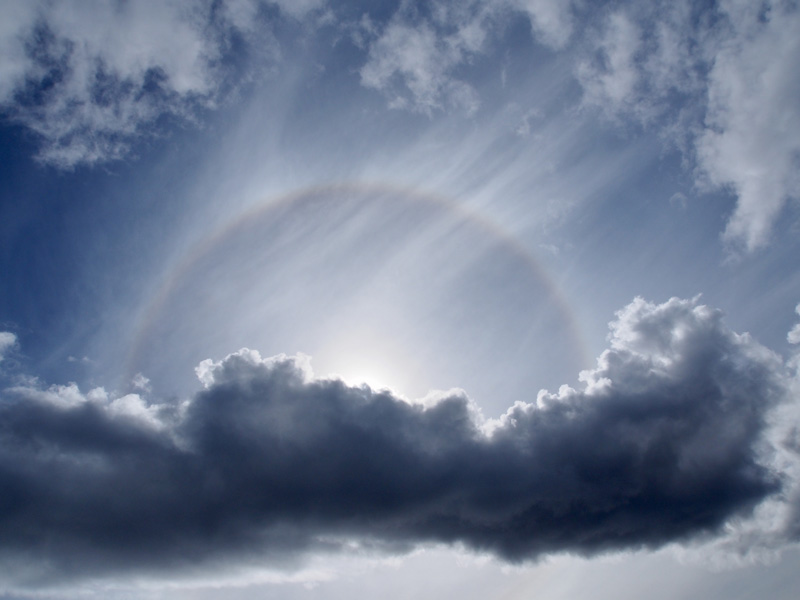Halo at Melaleuca
$75.00 – $185.00
Features in the Bureau of Meteorology 2019 calendar (October).
Call of the wild
It was a call to volunteer in the Tasmanian Wilderness World Heritage Area that led ex-politician and lifelong environmentalist Bob Brown to this angelic sight. Monitoring the wild population of the critically endangered orange-bellied parrot at Melaleuca during an intensive two-week program, Bob was keeping an eye on the sky and quickly grabbed his camera when he spotted this halo. ‘It’s such a magnificent thing to look at, and yet most people don’t even look up,’ he says. Bob says he has always watched the weather with keen interest, and even has a Stevenson screen shelter for meteorological instruments and rain gauge at his bush property in Tasmania. After using his mother’s ‘box Brownie’ camera as a kid and then receiving his first camera in his teens, he has been taking photos of nature ever since. ‘I never use a tripod and set the camera on automatic to make sure I get the shot before it goes,’ Bob says. ‘Some of the most dramatic weather shots are going to be fast-moving—whether it’s a sunbeam sweeping a mountainside, a lightning flash, or a wind squall—and if you’re busy setting up you’re going to miss it.’ In other words, he says, shoot with wild abandon!
The science
Halos, like the one in this photo, form when the sun or moon shines through cirrus or cirrostratus clouds. These high, wispy clouds are made of ice crystals. A halo is formed in a similar way to a rainbow: As light passes through the ice crystals its path is refracted (bent). The angle of refraction varies from 22° to 50°, and no light is refracted at less than 22°. As a result, the observer sees a halo around the light source. The inside edge of the circle appears red because red light is refracted less than light of other colours.

